Check us out to see on-going work to interp reasoning models.
Thank you collaborators! Lihao Sun,
@wendlerc.bsky.social ,
@viegas.bsky.social ,
@wattenberg.bsky.social
Paper link: arxiv.org/abs/2504.14379
9/n
Check us out to see on-going work to interp reasoning models.
Thank you collaborators! Lihao Sun,
@wendlerc.bsky.social ,
@viegas.bsky.social ,
@wattenberg.bsky.social
Paper link: arxiv.org/abs/2504.14379
9/n
✅we find subspace critical for self-verif.
✅in our setup, prev-token heads take resid-stream into this subspace. In a different task, a diff. mechanism may be used.
✅ this subspace activates verif-related MLP weights, promoting tokens like “success”
8/n
✅we find subspace critical for self-verif.
✅in our setup, prev-token heads take resid-stream into this subspace. In a different task, a diff. mechanism may be used.
✅ this subspace activates verif-related MLP weights, promoting tokens like “success”
8/n
Here we provide CountDown as a ICL task.
Interestingly, in R1-14B, our interventions lead to partial success - the LM fails self-verification but then self-corrects itself.
7/n
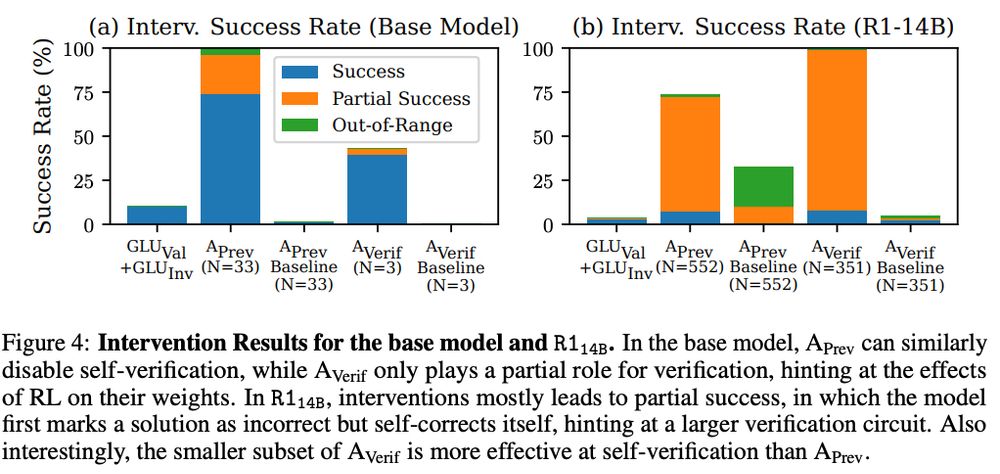
Here we provide CountDown as a ICL task.
Interestingly, in R1-14B, our interventions lead to partial success - the LM fails self-verification but then self-corrects itself.
7/n
We use “interlayer communication channels” to rank how much each head (OV circuit) aligns with the “receptive fields” of verification-related MLP weights.
Disable *three* heads → disables self-verif. and deactivates verif.-MLP weights.
6/n

We use “interlayer communication channels” to rank how much each head (OV circuit) aligns with the “receptive fields” of verification-related MLP weights.
Disable *three* heads → disables self-verif. and deactivates verif.-MLP weights.
6/n
5/n

5/n
Interestingly, we often see Eng. tokens for "valid direction" and Chinese tokens for "invalid direction".
4/n
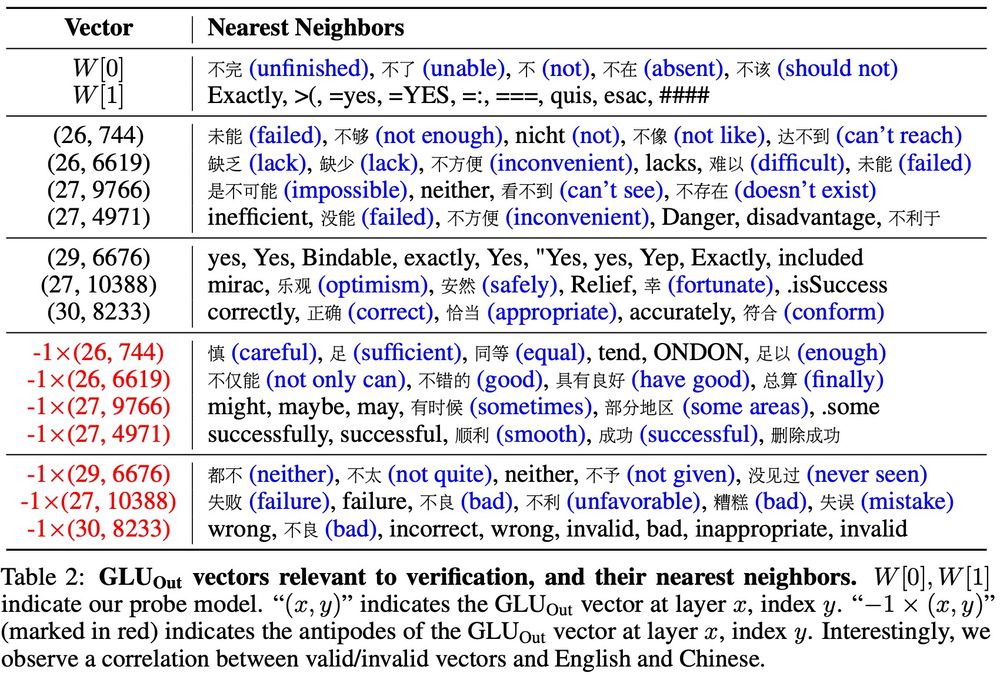
Interestingly, we often see Eng. tokens for "valid direction" and Chinese tokens for "invalid direction".
4/n
3/n

3/n
Case study: Let’s study self-verification!
Setup: We train Qwen-3B on CountDown until mode collapse, resulting in nicely structured CoT that’s easy to parse+analyze
2/n
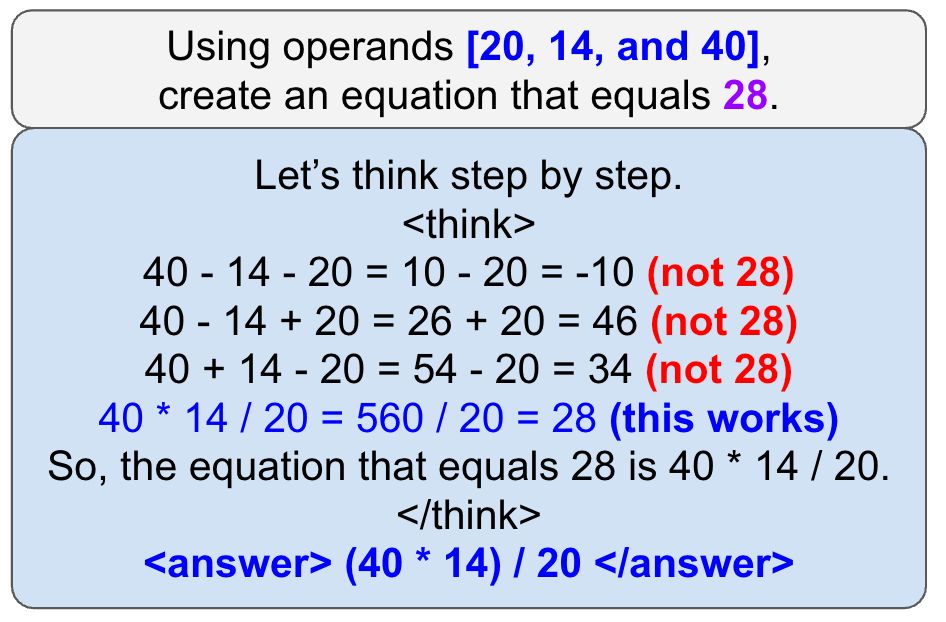
Case study: Let’s study self-verification!
Setup: We train Qwen-3B on CountDown until mode collapse, resulting in nicely structured CoT that’s easy to parse+analyze
2/n
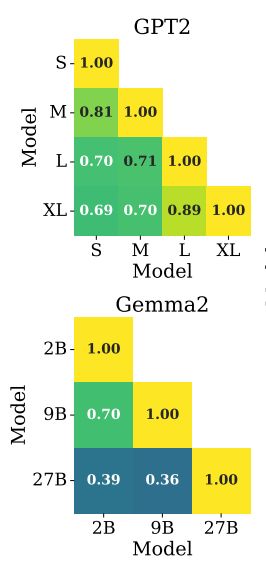



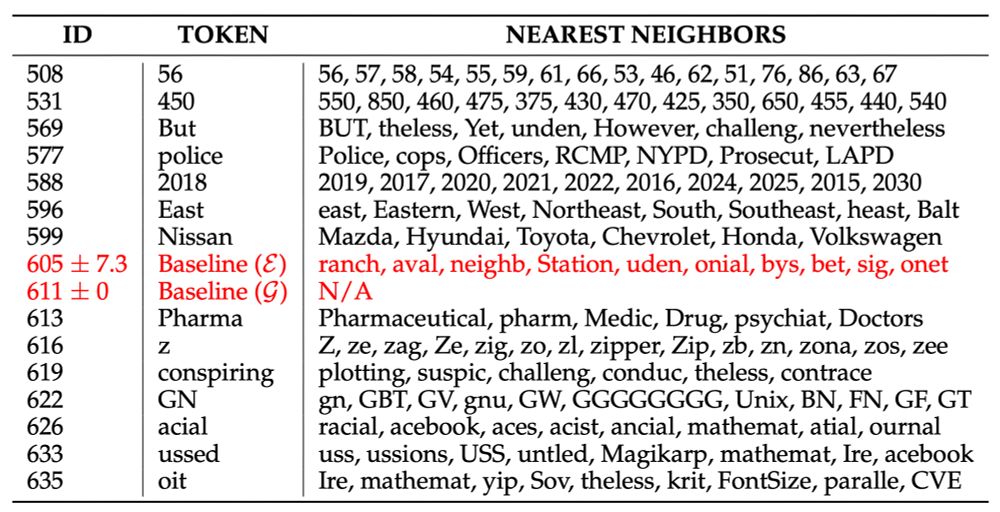
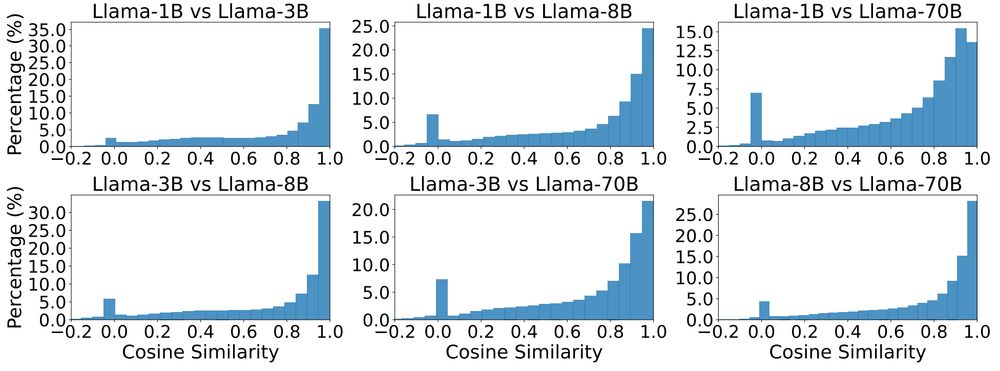
Global: how similar are the distance matrices of embeddings across LMs? We can check with Pearson correlation between distance matrices: high correlation indicates similar relative orientations of token embeddings, which is what we find
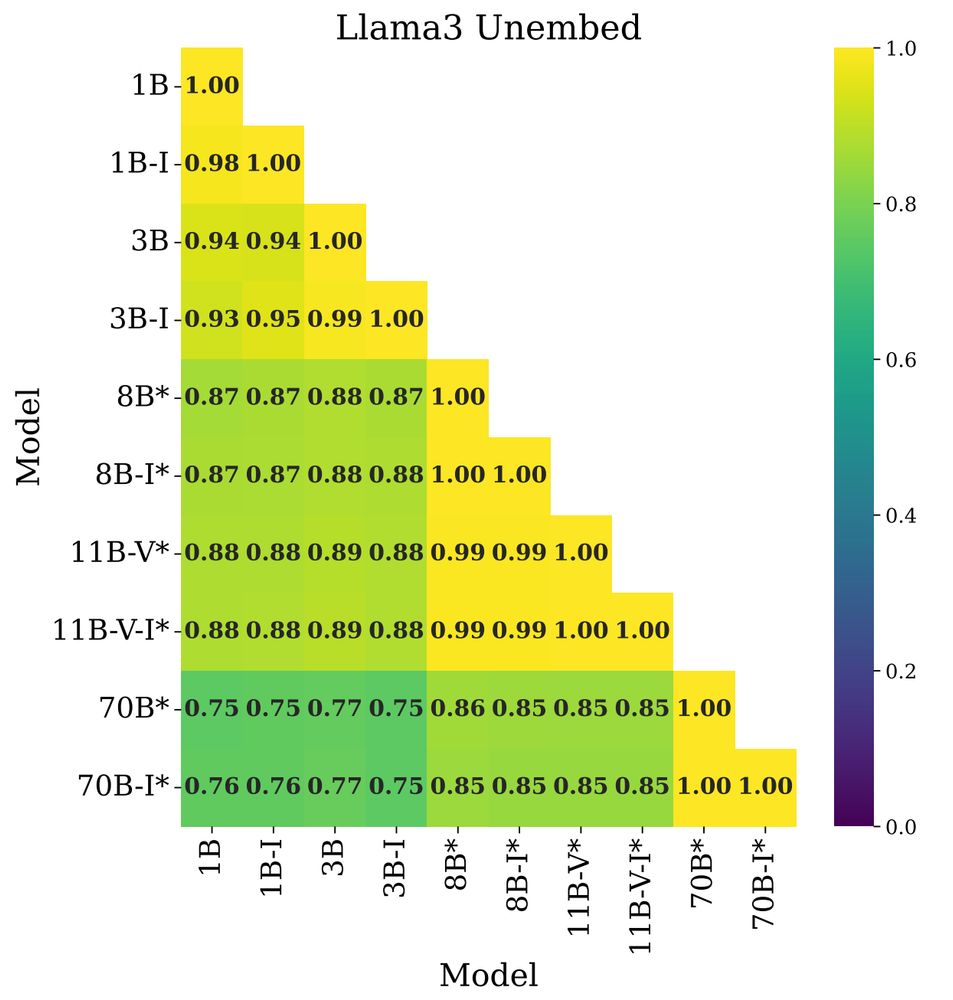
Global: how similar are the distance matrices of embeddings across LMs? We can check with Pearson correlation between distance matrices: high correlation indicates similar relative orientations of token embeddings, which is what we find
aclanthology.org/2023.emnlp-m...
arxiv.org/pdf/2403.07687
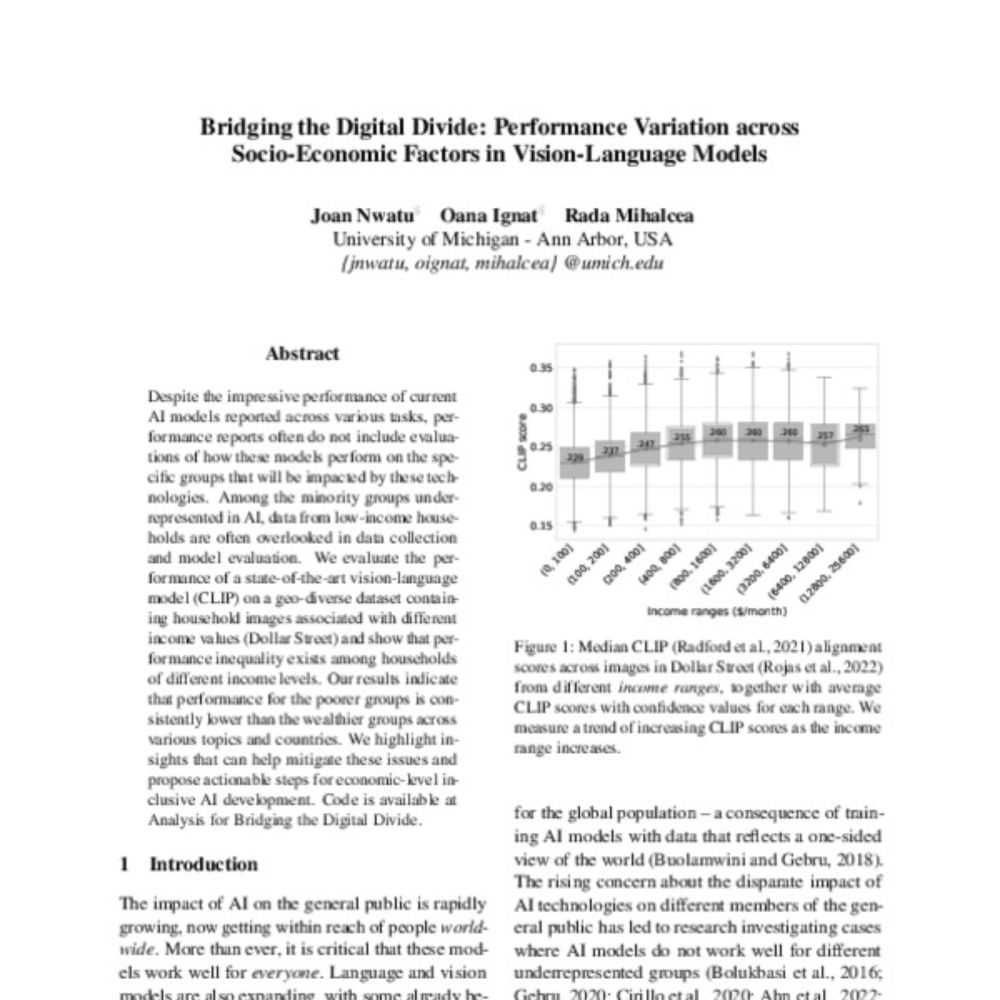
aclanthology.org/2023.emnlp-m...
arxiv.org/pdf/2403.07687


